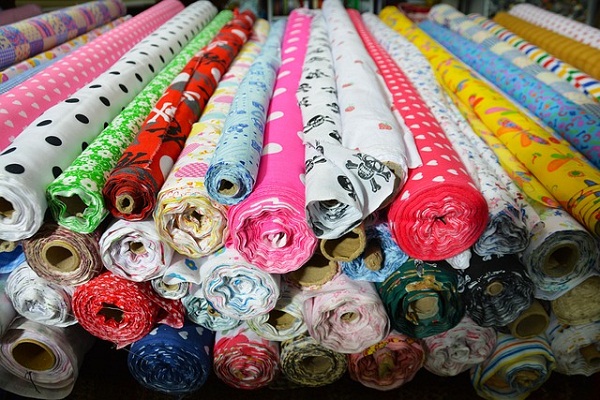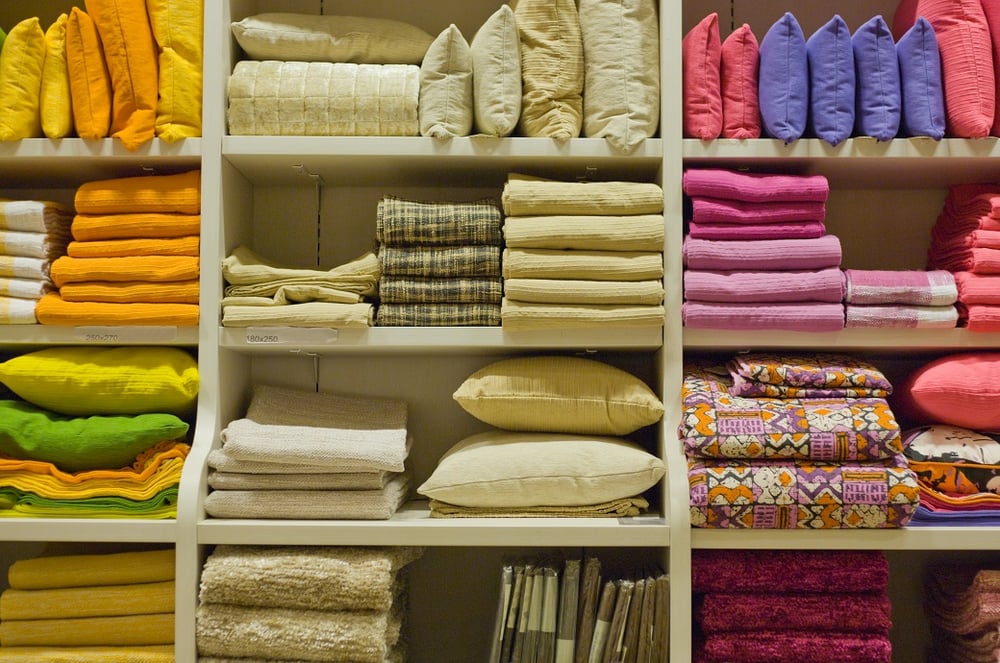
Pakistan needs to get up and going to increase private investment and create a more sustainable diversified export product portfolio to steer the trade imbalance in the wake of the country’s declining export competitiveness. World Bank’s Pakistan development update 2021 reveals the current low economic growth is due to the many factors hindering exports such as highly effective import tariff rates and lesser availability of long-term financing for companies to expand export capacity. The availability of fewer market intelligence service firms for exporters and the low manufacturing ability of Pakistani industries have also affected the economic downturn.
Exports lack product and market diversification.
However, the long-term decline in exports as a share of GDP has implications for the country’s foreign exchange, jobs as well as productivity growth. And it is high time that Pakistan confronted core challenges to compete in global markets for sustainable growth according to Derek Chen, Senior Economist, at the World Bank. As per the data released by the Pakistan Bureau of Statistics (PBS), exports in July were recorded at $2.2 billion against the $2.9 billion exports registered in June 2022. On a YoY basis, exports declined 0.5 per cent as they totalled $2.219 billion in July 2022 compared to $2.340 billion in July 2021.
One of the main reasons for the low GDP is that Pakistan's exports lack diversification, including both product diversification as well as market diversification. Pakistan's exports mainly comprise resource-based items such as cotton, rice, hides and skins over the past many decades, dominated largely by textiles products and rice. As the world progresses, diversification and innovation is the primary motivator for exports which the country is sadly lacking in.
Even while all other countries are focussing on more systematic and sustainable growth in the export category, Pakistan continues to have its head stuck in the sand and make a hostile economic environment for all businesses. As per annual ratings of the World Bank, Pakistan is currently ranked 108 among 190 economies as far as the ease of doing business goes. The increase in the levels of working capital and the high-interest rate has pushed business costs. Along with this, the withdrawal of zero-rating sales tax and implementation of a 17 per cent general sales tax on the export-oriented sector has added to the woes of Pakistani exporters.
Urgent wake-up call needed for economic stability
However, it will take more than just these niggling problems to shake Pakistan’s role as one of the world’s leading cotton producers and the fact that the textiles and clothing industry is the single largest manufacturing sector in the country. More than $5 billion of textile and garment machinery has been imported into Pakistan in the last few years and is based almost entirely on the private sector.
Meanwhile, because of rising production cost and a depreciating rupee, many textile units have shut down in Pakistan – a development that can damage the country’s exports. Reports suggest that around 150 spinning and weaving mills have closed since July, which, some estimates say, made two million people jobless directly or indirectly. The situation is complicated with the shortage of dollars in the markets as the difference between the official interbank and open market rates is huge – around Rs7 to Rs9.
Textiles exports a silver lining
As per the Pakistan Bureau of Statistics (PBS), the country has exported textile products worth $19.33 billion during the fiscal year 2021 making a record high on annual basis by showing an increase of 25.53 per cent when compared with $15.4 billion in the preceding fiscal year. The rebound in exports of textiles since last year was the result of many new incentives to help exporters to overcome the pandemic challenges. However, Covid 19 did have a silver lining as having kept businesses open during the lockdown had enabled them to secure orders diverted from economies under strict lockdown.
Product-wise figures show cotton cloth exports dropped 25 per cent to $153.7 million in November compared to $204.85 million in the same month last year. The decrease stood at 9.45 per cent over the previous month’s exports of $169.6 million. However, knitwear exports were up 2.17 per cent to $400.2 million, bedwear 2.45 per cent to $222.5 million, towels 16.4 per cent to $92.65 million and readymade garments 18.55 percent to $326.7 million when compared with October.
But knitwear exports declined 12.8 per cent over the corresponding month of last year followed by bedwear 29.4 per cent and towels 12 per cent compared to November 2022. Exports of readymade garments were the same as recorded in November 2021.
Increasing burden of foreign loans and lack of political stability have affected the country's economic resources. Pakistan needs a wake-up call to create a more sustained robust and diversified export portfolio to ensure that the textile and clothing industry remains the backbone of Pakistan’s economy in the near future.












